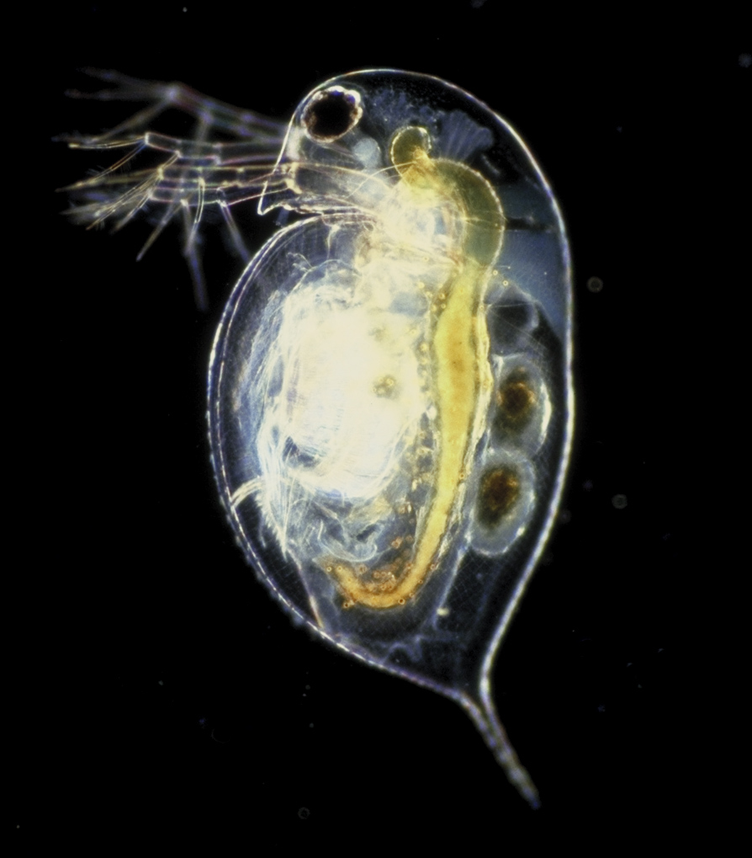
Summary: This week I learned about ocean currents and wind circulation and how they're connected. I also learned about what a gyre is and how it's connected to both wind and ocean currents. A gyre is a circle or sphere and when wind currents form they form a gyre but not out of wind. When the wind currents are swirling around like a circle it has an effect on the ocean's currents because ocean currents are made from wind so when the wind goes a certain way the ocean currents move in a circle forming a gyre. The wind forms a circle by bouncing off of land masses (continents).
SP6: Constructing explanations and designing solutions
The goal of science is the construction of theories that provide explanations about the natural world. A theory becomes accepted when it has multiple independent lines of empirical evidence and greater explanatory power.
Did you explain something through your work?
We were working on some worksheets and when some of the questions asked us to explain how a gyre is formed.
Cause and Effect
Tell us the story of a cause and effect relationship you observe. This can be something that you notice in class or outside of class.
Identify the cause and effect relationship and provide evidence for the relationship.
Cause: wind currents move up and down bouncing off of land masses.
Effect: The ocean currents then start to form a circle or a gyre.



